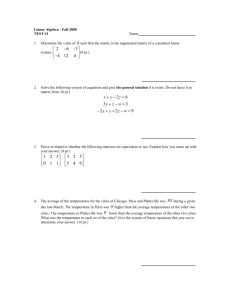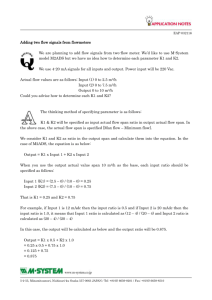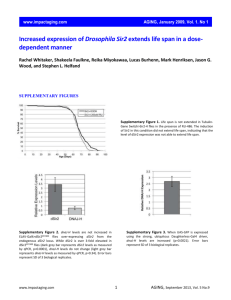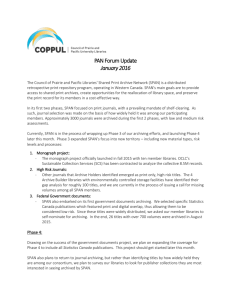Find Out With Our DNA Fingerprinting Kit - Bio-Rad
advertisement
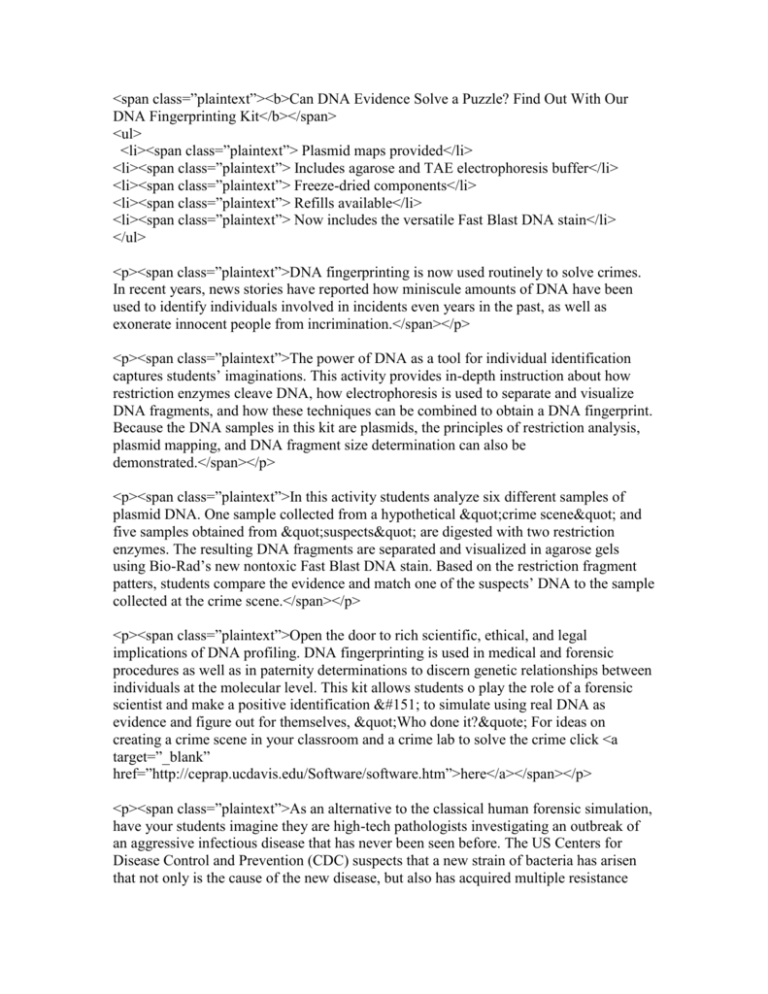
<span class=”plaintext”><b>Can DNA Evidence Solve a Puzzle? Find Out With Our DNA Fingerprinting Kit</b></span> <ul> <li><span class=”plaintext”> Plasmid maps provided</li> <li><span class=”plaintext”> Includes agarose and TAE electrophoresis buffer</li> <li><span class=”plaintext”> Freeze-dried components</li> <li><span class=”plaintext”> Refills available</li> <li><span class=”plaintext”> Now includes the versatile Fast Blast DNA stain</li> </ul> <p><span class=”plaintext”>DNA fingerprinting is now used routinely to solve crimes. In recent years, news stories have reported how miniscule amounts of DNA have been used to identify individuals involved in incidents even years in the past, as well as exonerate innocent people from incrimination.</span></p> <p><span class=”plaintext”>The power of DNA as a tool for individual identification captures students’ imaginations. This activity provides in-depth instruction about how restriction enzymes cleave DNA, how electrophoresis is used to separate and visualize DNA fragments, and how these techniques can be combined to obtain a DNA fingerprint. Because the DNA samples in this kit are plasmids, the principles of restriction analysis, plasmid mapping, and DNA fragment size determination can also be demonstrated.</span></p> <p><span class=”plaintext”>In this activity students analyze six different samples of plasmid DNA. One sample collected from a hypothetical &quot;crime scene&quot; and five samples obtained from &quot;suspects&quot; are digested with two restriction enzymes. The resulting DNA fragments are separated and visualized in agarose gels using Bio-Rad’s new nontoxic Fast Blast DNA stain. Based on the restriction fragment patters, students compare the evidence and match one of the suspects’ DNA to the sample collected at the crime scene.</span></p> <p><span class=”plaintext”>Open the door to rich scientific, ethical, and legal implications of DNA profiling. DNA fingerprinting is used in medical and forensic procedures as well as in paternity determinations to discern genetic relationships between individuals at the molecular level. This kit allows students o play the role of a forensic scientist and make a positive identification &#151; to simulate using real DNA as evidence and figure out for themselves, &quot;Who done it?&quote; For ideas on creating a crime scene in your classroom and a crime lab to solve the crime click <a target=”_blank” href=”http://ceprap.ucdavis.edu/Software/software.htm”>here</a></span></p> <p><span class=”plaintext”>As an alternative to the classical human forensic simulation, have your students imagine they are high-tech pathologists investigating an outbreak of an aggressive infectious disease that has never been seen before. The US Centers for Disease Control and Prevention (CDC) suspects that a new strain of bacteria has arisen that not only is the cause of the new disease, but also has acquired multiple resistance plasmids from other bacterial strains. DNA of cultures from a number of stricken patients has been isolated. The students’ job is to develop a DNA diagnostic tool for identifying the culprit plasmids. Use restriction enzyme analysis and DNA electrophoresis fingerprinting to identify and distinguish different suspect plasmids and track their spread through the environment. Have your students identify the new killer bug before the pathogen gets out into the general population and starts a true epidemic!</span></p> <span class=”plaintext”><b>Suggested Student Background</b></span> <ul> <li><span class=”plaintext”> Micropipetting</span></li> <li><span class=”plaintext”> Graphic analysis</span></li> <li><span class=”plaintext”> General laboratory skills and safety</span></li> </ul> <b>Key Features of This Kit</b></span> <ul> <li> Mutagen-free DNA stain</li> <li> Real-life interdisciplinary biotechnology investigation</li> <li> High safety standards</li> <li> Low cost</li> </ul> <span class=”plaintext”><b>Syllabus Fit</b></span> <ul> <li><span class=”plaintext”> General Biology</span></li> <li><span class=”plaintext”> Advanced Placement Biology</span></li> <li><span class=”plaintext”> AS/A GCE Biology<</span>/li> <li<span class=”plaintext”>> Integrated Science</span></li> <li><span class=”plaintext”> Biotechnology Tech Prep</span></li> <li><span class=”plaintext”> Molecular Biology</span></li> <li><span class=”plaintext”> Forensics</span></li> </ul> <span class=”plaintext”><b>Student Objectives</b></span> <ul> <li><span class=”plaintext”> Learn, apply, and demonstrate mastery of the scientific method</span></li> <li><span class=”plaintext”> Become familiar with the theory and practice of agarose gel electrophoresis</span></li> <li><span class=”plaintext”> Understand applications of restriction enzymes in forensic biotechnology</span></li> <li><span class=”plaintext”> Estimate DNA fragment sizes on agarose gels</span></li> </ul>



